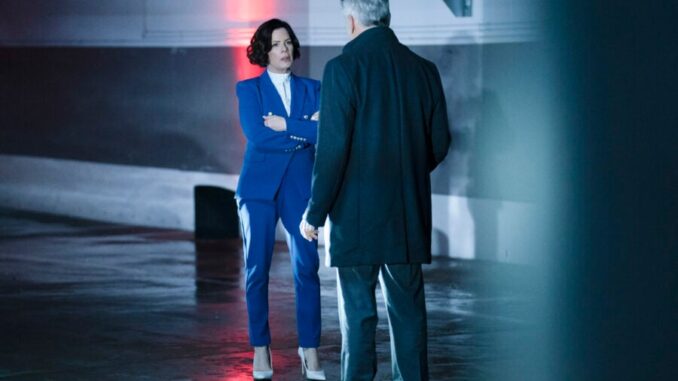
Beyond the Folksy Charm and the Mother-Son Tango: Unearthing the Hidden Gems of Matlock and So Help Me Todd
Legal dramas, with their courtroom theatrics, ethical dilemmas, and satisfying resolutions, have long captivated audiences. While both Matlock and So Help Me Todd operate within this established framework, they possess unique quirks and hidden depths that extend beyond their surface appeal. Beyond the iconic Columbo-esque investigation of Ben Matlock and the chaotic, yet undeniably effective, partnership of Margaret Wright and her son Todd, lie fascinating details that illuminate the shows' distinctive personalities and surprising subversive elements.
First, let's delve into the seemingly straightforward world of Matlock. We all remember the rumpled suit, the folksy demeanor, and the unwavering commitment to justice. But what often gets overlooked is the show’s surprising willingness to tackle complex social issues with a nuance rarely seen in episodic television. While seemingly rooted in a traditional, conservative worldview, Matlock frequently challenged its audience by exploring topics such as police brutality, corruption within the legal system itself, and even the plight of homeless veterans. For example, an episode might begin with a seemingly straightforward murder, only to unravel a conspiracy involving powerful individuals exploiting vulnerable communities. These episodes weren't merely plot devices; they served as commentary on contemporary societal anxieties, subtly questioning the perceived infallibility of authority and the importance of protecting the marginalized.
Moreover, the show's longevity and recurring guest stars fostered a unique meta-narrative that often went unnoticed. Several actors played different roles across multiple seasons, creating a sense of a shared universe where past cases and relationships subtly informed new storylines. This subtle interconnectedness added a layer of depth, rewarding long-time viewers with a deeper understanding of the characters' motivations and the overall themes explored. It wasn't simply a series of isolated mysteries; it was a tapestry woven from familiar faces and recurring motifs, hinting at a deeper, unspoken history within the world of Matlock. The show, therefore, was more than just a weekly dose of courtroom drama; it was a reflection of evolving social consciousness, disguised beneath a facade of folksy charm.
Shifting our focus to the more recent legal dramedy, So Help Me Todd, the surface appeal lies in the contrasting personalities of the hyper-organized lawyer Margaret and her free-spirited, PI son Todd. However, a less apparent, but equally compelling, aspect of the show lies in its surprisingly realistic portrayal of mental health struggles. Todd's often impulsive and unorthodox methods, initially presented for comedic effect, are subtly underpinned by hints of underlying anxiety and potential neurodiversity. The show doesn't explicitly diagnose Todd, but it subtly acknowledges the challenges he faces in navigating a world often rigid and unforgiving.
Furthermore, So Help Me Todd cleverly subverts the traditional "strong female lead" trope often seen in legal dramas. While Margaret is undoubtedly intelligent, capable, and driven, she is also deeply flawed and emotionally vulnerable. Her perfectionism often masks a deep-seated insecurity, and her relationship with Todd, despite its comedic friction, reveals her underlying need for connection and understanding. The show doesn't present her as an infallible superhero; instead, it offers a more nuanced and relatable portrayal of a woman struggling to balance her professional ambitions with her personal life, grappling with the complexities of motherhood and the weight of her own past. This nuanced portrayal allows viewers to connect with Margaret on a deeper level, recognizing the humanity beneath the seemingly impenetrable facade of a successful lawyer.
In conclusion, both Matlock and So Help Me Todd, while superficially different, offer more than meets the eye. Matlock, with its subtle exploration of social issues and interconnected narratives, challenged audiences to look beyond the surface of seemingly simple cases. So Help Me Todd, on the other hand, delves into the complexities of mental health and subverts the expectations of the "strong female lead" trope, offering a more realistic and nuanced portrayal of human experience. By looking beyond the familiar tropes and iconic characters, we can appreciate the hidden gems and surprising depths that make these legal dramas more than just entertaining television; they are reflections of our society, our anxieties, and our shared humanity.
